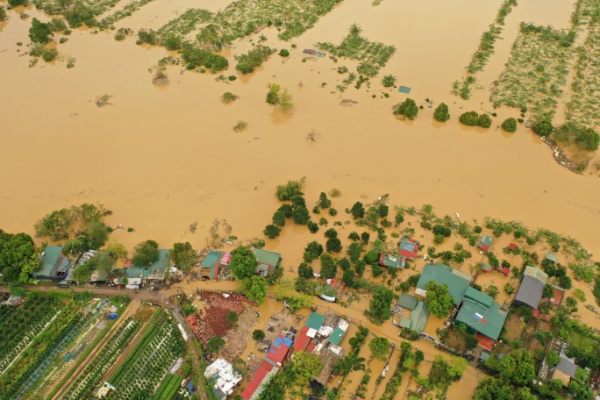Typhoon Yagi, Asia’s most powerful storm this year, has left dozens dead since sweeping across southern China and Southeast Asia last week, leaving a trail of destruction with its intense rainfall and powerful winds.
As AccuWeather reports, after hitting the Philippines, where it killed more than a dozen people, it churned westwards towards southern China and shortly after parts of Vietnam, Thailand, Myanmar and Laos.
Nearly a week since it made landfall, many farms and villages in northern parts of Vietnam and neighboring Thailand remain under water as communities struggle to cope with severe flooding and the looming threat of landslides.
In Vietnam, the death toll has risen to at least 226 as a result of the storm and the landslides and flash floods it triggered, the government’s disaster agency said Thursday, according to Reuters. The storm caused widespread damage to infrastructure and factories.
Video captured by a car’s dashcam earlier this week showed the moment a steel bridge collapsed over the engorged Red River in Vietnam’s Phu Tho province, plunging drivers into the raging waters. The downpours also inundated Thailand’s northern province of Chiang Rai, submerging homes and riverside villages, making rescue efforts difficult.
At least 33 people have died across Thailand since mid-August due to rain-related incidents, with at least nine deaths this week after Yagi, Reuters reported citing the local government.
Storms are being made more intense and deadlier by the warming ocean, scientists have long warned. While developed nations bear a greater historical responsibility for the human-induced climate crisis, developing nations and small-island states are suffering the worst impacts.
—
Photo Credit: Marcus Lacey / Shutterstock.com
